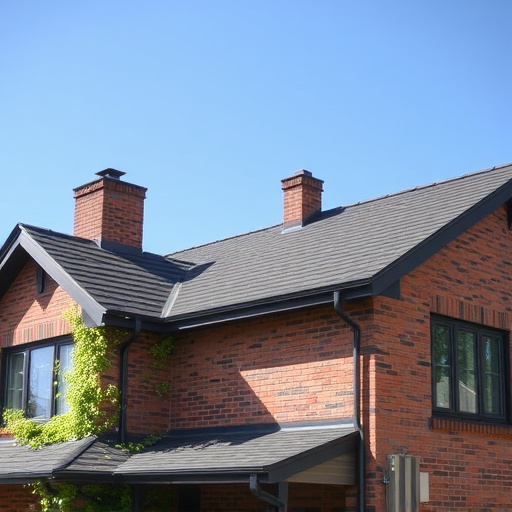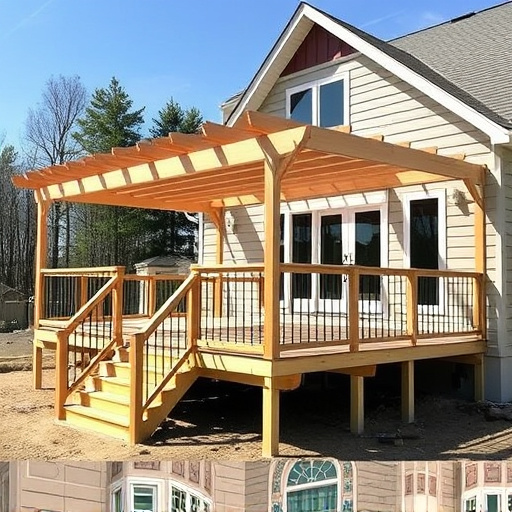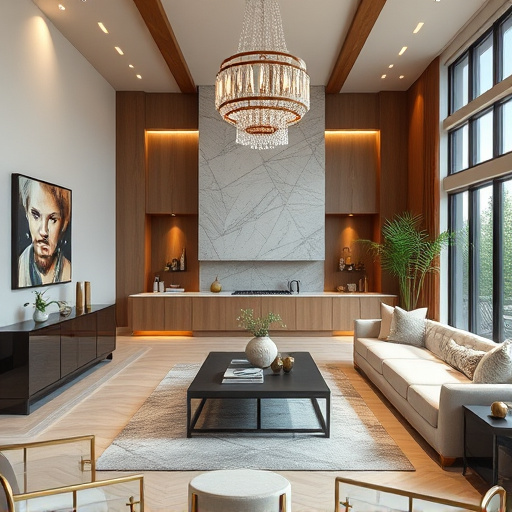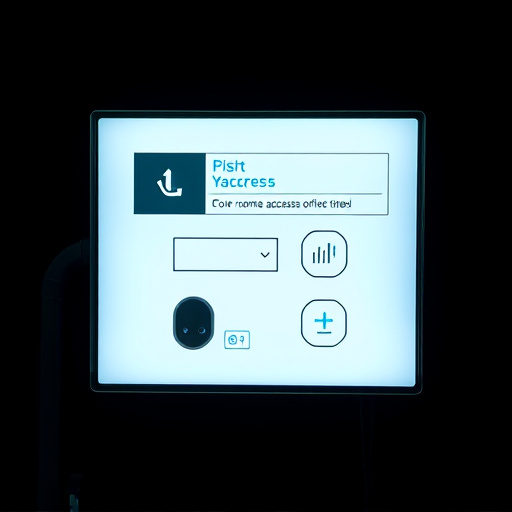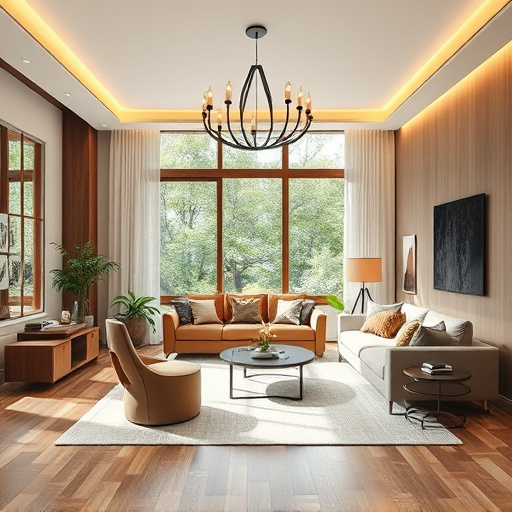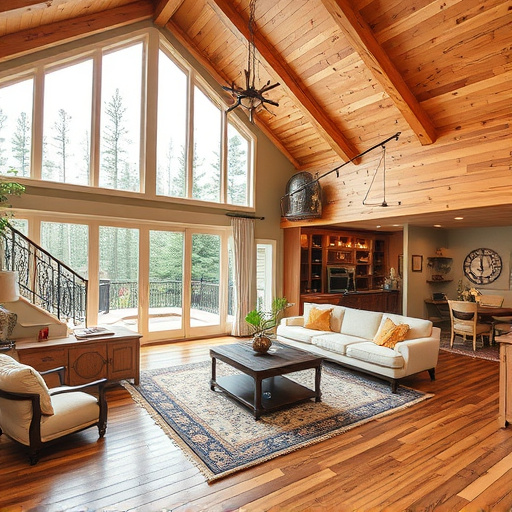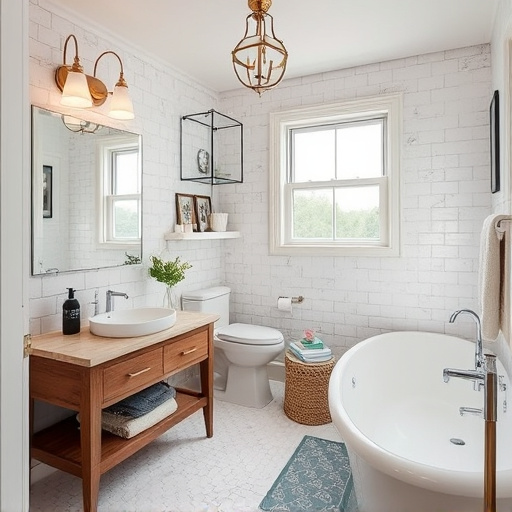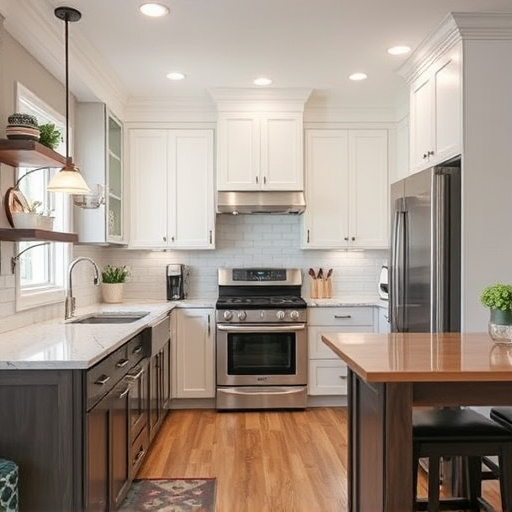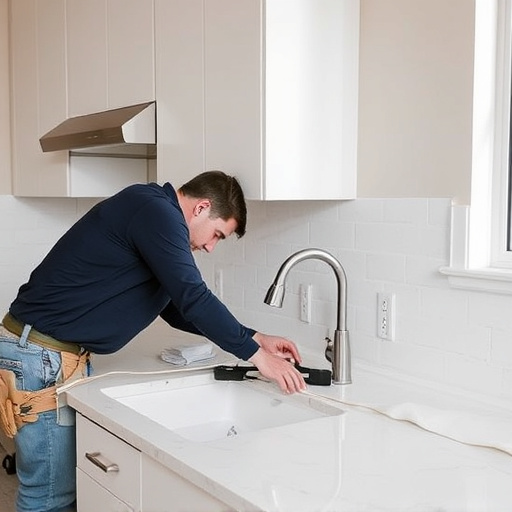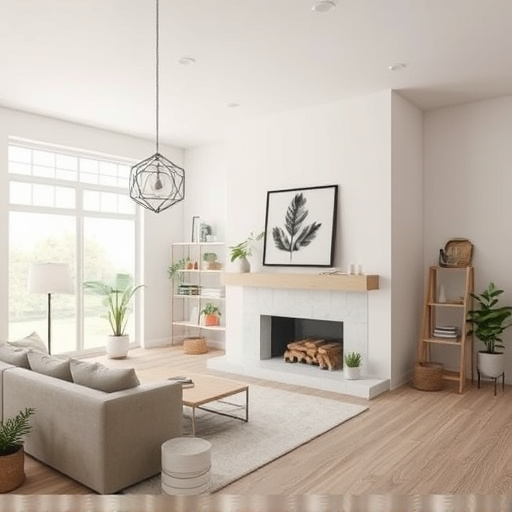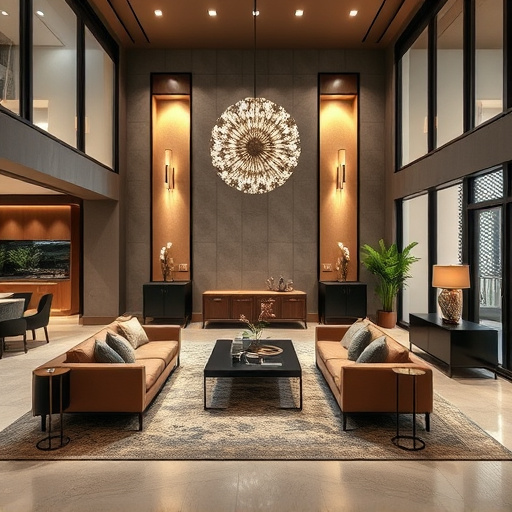Interior designer fees vary widely based on project complexity, scale, market demand, and experience. Clients should understand that these fees reflect project-specific factors like material costs, labor, overhead, and profit margins, not just time spent. To maximize budget, clients can negotiate, compare quotes from multiple designers, and discuss alternative options. This collaborative approach balances financial goals with desired aesthetics.
“Unraveling the mysteries of interior designer fees is a crucial step in transforming your space. This comprehensive guide will equip you with the knowledge to navigate the costs effectively. We’ll explore what factors influence these fees, break down the expenses involved, and provide strategies for negotiating like a pro.
Whether you’re planning a renovation or a fresh design, understanding the financial aspects ensures you get the best value from your interior designer. Let’s delve into this insightful journey towards creating your dream space.”
- What Influences Interior Designer Fees?
- Breaking Down the Costs: Understanding the Expenses
- How to Negotiate and Get the Best Value for Your Money
What Influences Interior Designer Fees?

Interior designer fees can vary widely, depending on several factors that contribute to a professional’s pricing structure. One primary influencer is the complexity and scale of the project. Larger-scale residential renovations or customized home renovations often command higher rates due to the increased time, resources, and expertise required. Interior designers with specialized skills or those offering bespoke services tend to have premium pricing as they cater to clients seeking unique, tailored solutions for their spaces.
Another significant factor is the current market demand for interior design services. In regions with a high demand for home improvement services, designers may set their fees accordingly to reflect the competitive landscape and client expectations. Additionally, experience plays a crucial role; seasoned professionals with extensive portfolios and a proven track record can justify higher charges based on their expertise and the perceived value they bring to each project.
Breaking Down the Costs: Understanding the Expenses

When working with an interior designer, it’s crucial to understand that their fees are not solely based on the time spent but also on the complexity and scope of the project. Breaking down the costs involves a careful consideration of various expenses inherent in interior design services. These include material costs, labor, overhead, and profit margins. Each project is unique, and these variables can significantly impact the overall bill.
For instance, a simple bathroom remodel might involve relatively lower costs for materials and labor compared to a comprehensive renovation of an entire home, which could require specialized skills, premium materials, and extensive planning. Moreover, interior designers may also charge by the square foot or as a flat rate for specific renovation services. Understanding these cost structures is essential for clients to budget effectively and ensure they receive transparent pricing from their chosen designer.
How to Negotiate and Get the Best Value for Your Money

Negotiating with an interior designer is a skill that can help you get the best value for your money. Start by clearly defining your project scope and budget. This will give you a solid foundation to discuss costs openly with your designer. Ask about their fee structure upfront, whether it’s a flat rate, hourly, or a combination. Be prepared to haggle, especially if you’re looking for specific services like floor replacements or interior painting within a larger bathroom remodel. Compare quotes from multiple designers to ensure you’re getting competitive prices without compromising quality.
Don’t be afraid to point out areas where costs can be adjusted. For instance, while a designer’s expertise and creative vision are invaluable, you might discuss alternatives for materials or specific design elements that could reduce overall expenses. Open communication and a collaborative approach will help you secure the best deal, ensuring your interior design project aligns with both your aesthetic desires and financial goals.
Understanding the costs behind interior designer fees is a crucial step in transforming your space. By delving into the factors influencing these fees, such as experience, complexity of the project, and material costs, you can better navigate negotiations. Armed with this knowledge, you’re empowered to get the best value for your money, ensuring your dream design becomes a reality without breaking the bank. Remember that, in the world of interior design, transparency and open communication are key to achieving a stunning and affordable result.
